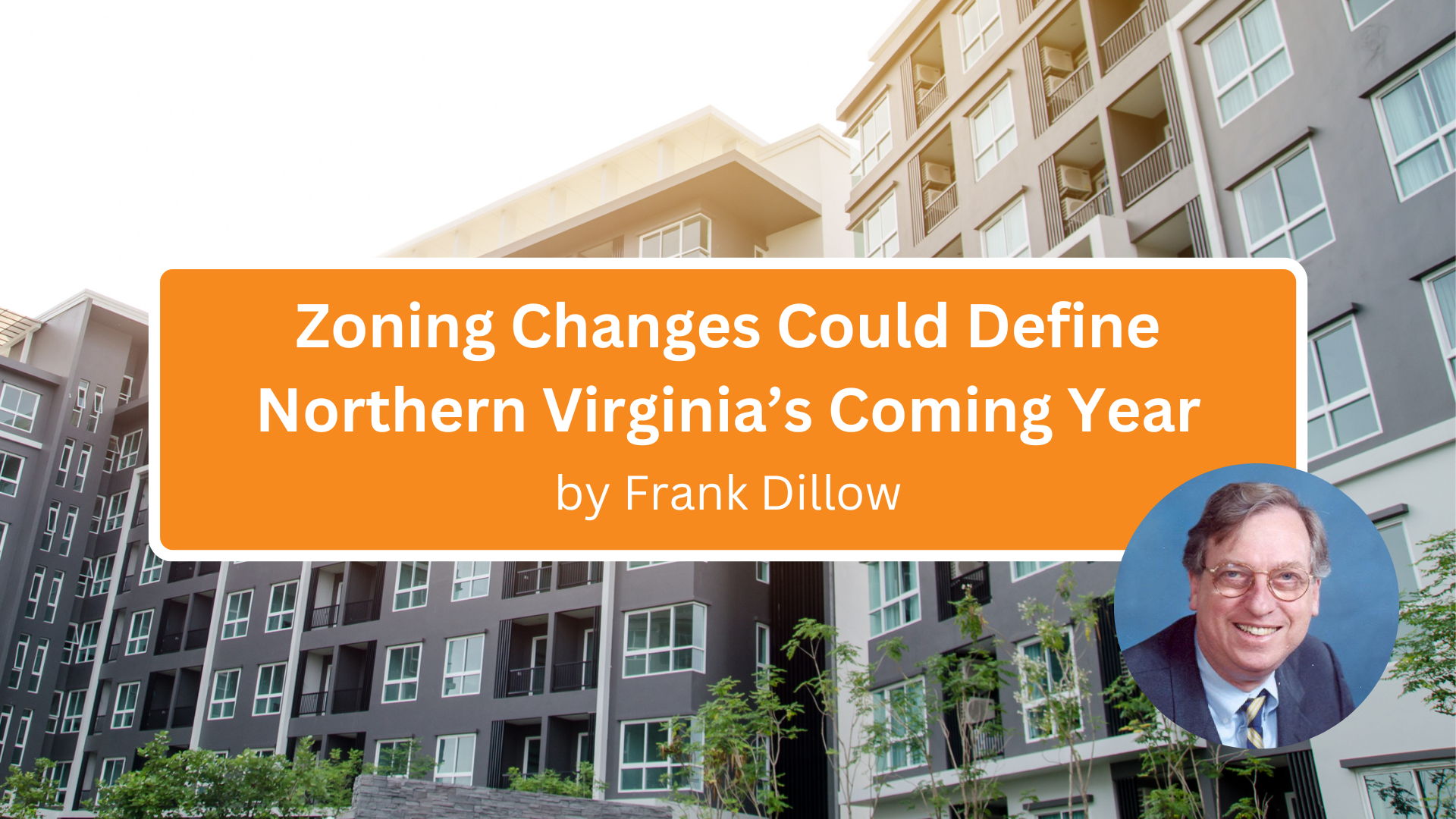
by Frank Dillow
Anyone who thinks zoning has no passion has apparently never attended a community meeting where a property owner seeks to develop land in a way that is not allowed by the existing zoning ordinance.
Community leaders are prone to create predictable, stable development patterns to protect those who are already there, rather than supporting owners who may have their own ideas about how best to use their property.
Zoning codes maintain the status quo and ensure that each property development is compatible and least disruptive to the existing nearby properties. It is always easiest, at least in the short term, to say “no!” to change.
And yet, civic planners and local governments, emboldened by the optimistic belief that their communities could always be better, periodically launch into efforts to revise, simplify, or simply bring up to date zoning codes that no longer fit the community’s needs or desires.
In today’s market creating more affordable housing is often the goal driving revisions to current zoning regulations.
Recently Virginia Governor Glenn Youngkin offered his encouragement. “The cost to rent or buy a home is too expensive,” Youngkin observed, according to various reports. “We must tackle the root causes behind this supply and demand mismatch, unnecessary regulations, overburdensome and inefficient local government restrictive zoning policies, and an ideology of fighting tooth and nail against any new development.”
To address what is frequently called the "Missing Middle” housing shortage local planners in Arlington County and Alexandria City are currently looking to modify current residential zoning regulations to allow denser housing and multifamily options.
With decisions expected by later this year these proposed changes include:
- Adding housing units, such as “carriage houses” or rental rooms to existing structures;
- Allowing smaller multi-family units like duplexes, four-plexes or even 8-unit structures in current single family residential zoning;
- Expanding the historical residential uses for spaces above ground floor retail shops;
- Encouraging the conversion of existing obsolete office buildings into multifamily residential uses; or
- Creating extensive multi-use developments in areas such as the former Landmark Mall shopping center or the area surrounding the new Amazon HQ2 location.
Such proposals could substantially modify the definition of “single family residential” zoning while also creating a serious lack of parking for the neighborhoods.
In a recent editorial in the neighboring Falls Church News Press, editor Nicholas Benton suggested, “The City’s (Falls Church) fate may follow the effect of Arlington’s current struggles with revising its zoning codes to permit multi-family housing in its traditional single family home zones.” Benton observed, “There has been a huge push back from homeowners who are crying foul, fearful that the moves will undercut their property values.”
“The challenge here, as in Arlington, will be to elevate a higher notion of status, one which takes pride in living within a diversity of surroundings, demographics and population mixes, and wears such pride as a badge of honor.” Benton predicted, “This will be the key feature of our coming year.”
In nearby Fairfax County planners took a different approach. Anticipating an influx of new development as a result of Metro’s Silver Line extension connecting Tysons, Reston, Dulles Airport and Loudoun County to its mass transit network, in 2010 they focused on changes to commercial zoning.
Hoping to transform suburban, car-oriented areas of shopping malls and office parks into walkable, transit-oriented downtowns, their policies were designed to encourage redevelopment around the proposed Metro stations.
Commercial zones were changed to allow construction of multifamily buildings, while encouraging a more urban street grid, green spaces and civic use areas. Their decisions also encouraged repurposing commercial office buildings into multi-use and residential dwellings.
By focusing on commercial property to increase residential uses, Fairfax County increased housing construction and created more affordable housing, while increasing Fairfax County’s tax base, without affecting single family neighborhoods.
Loudoun County, too, is currently, for the first time in 20 years, reviewing its comprehensive plan with an eye to revising its existing zoning ordinances.
The rapid residential development in Loudoun County in recent years has vastly changed land development. Historically the County’s land use policies reflected its rural landscape. As transportation dependent industrial and retail uses have emerged around Dulles Airport, along with a heavy concentration of data centers throughout the County, planners now face a more urban era of high end residential and commercial developments.
In early hearings numerous businesses and commercial developers objected to what they considered overly rigid proposals for zoning restrictions which could deny certain property uses currently allowed. The piecemeal roll out of the new regulations is also slowing down current attempts to develop land, while the uncertainty of the results harms the value of their projects, they maintain.
Nick Benton’s prediction that zoning changes could be a defining factor for Falls Church in the coming year may well be expanded to all of Northern Virginia.